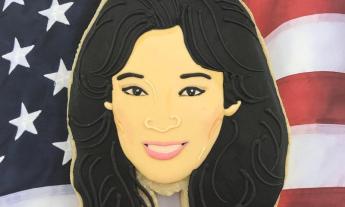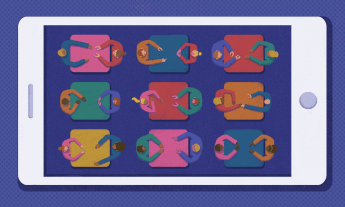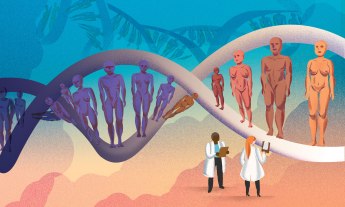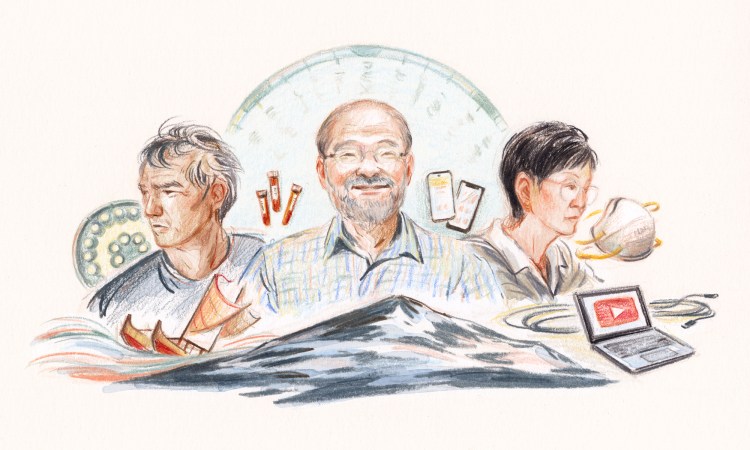
Throughout US history, Asian Americans and Pacific Islanders (AAPI) have been responsible for many remarkable technological innovations and scientific discoveries. Still, if asked to name an AAPI scientist or inventor, many of us would probably struggle, and members of this community continue to experience widespread discrimination and racial microaggressions in science, technology, engineering and mathematics (STEM) fields.
Here are eight Asian American and Pacific Islanders whose breakthroughs have changed the world as we know it and whose names we should all know:
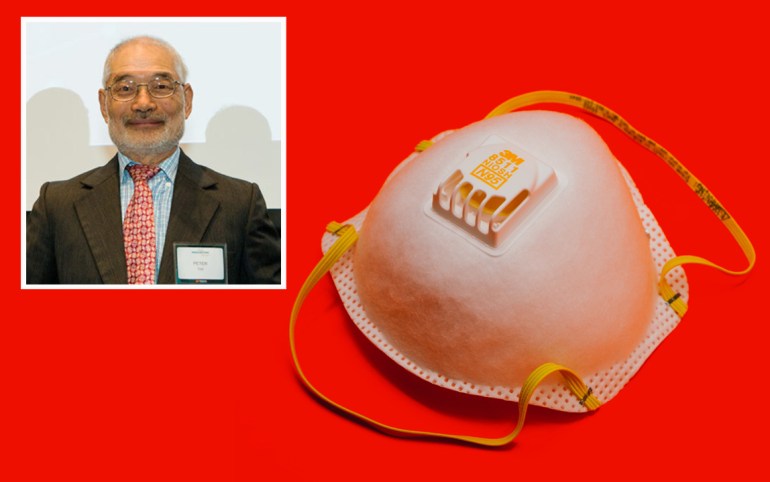
The N95 respirator
Peter Tsai PhD, Taiwanese & American materials scientist (1952- )
When material scientist Peter Tsai PhD invented the N95 respirator in the 1990s, it was originally intended for industrial use. Working in construction, mining, and automotive maintenance had all sorts of occupational health and safety hazards because of the high exposure to nanoparticles in construction materials or coal dust, which increased the risk of chronic obstructive pulmonary disease or black lung disease. At the time, masks filtered particles mechanically by trapping them in the fibers, but Dr. Tsai and his research team at the University of Tennessee developed a material with electrostatically charged fibers that pulled particles in. The N95 respirator proved to be 10 times more efficient than other masks, putting its filtering capacity at 95 percent without making it harder to breathe while wearing one.
Dr. Tsai patented the creation in 1995, and a year later the Centers for Disease Control and Prevention (CDC) discovered that the N95 could also block viruses and bacteria. This revelation encouraged its use in healthcare settings, and it has proven to be indispensable during the COVID-19 pandemic, where it continues to save lives. In 2020, since N95 respirators were in short supply, Dr. Tsai came out of retirement to study the best way to sanitize and re-use them.
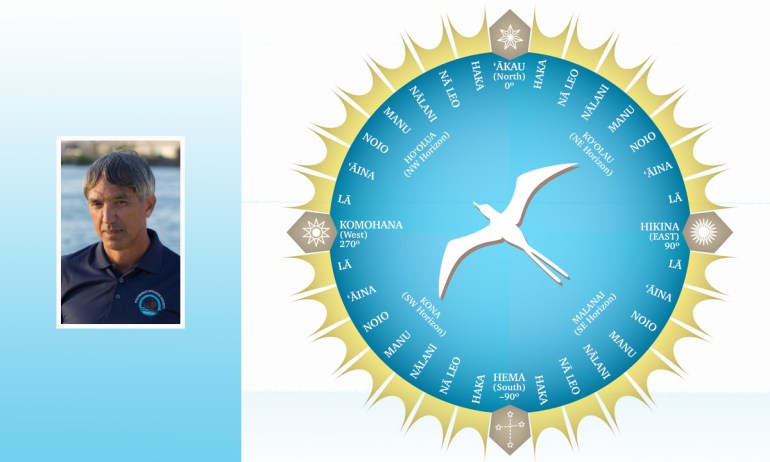
The star compass
Nainoa Thompson, Native Hawaiian navigator (1953- )
Modern navigators often use instruments like compasses, radar equipment, and Global Positioning System (GPS) receivers to navigate the seas. However, early Polynesian voyagers found their way across oceans by understanding natural cues from the sun, moon, stars, clouds and waves. Around the 14th century, this traditional art of wayfinding to go on long-distance ocean voyages gradually died out. Native Hawaiian master navigator Nainoa Thompson became the first to practice it again when he combined traditional wayfinding principles and modern science to develop the star compass, a conceptual direction system, in 1980.
The star compass is a visual representation of how navigators view the horizon around them to find their way. Unlike a physical compass, Thompson’s invention is a mental construct for navigation that splits the visual horizon into 32 houses where a certain celestial body is located. This allows navigators to orient themselves by identifying the position of the stars as they rise and set, without the need for any navigational instruments.
In 1992, Thompson began training new Hawaiian navigators to preserve tradition and pass on the knowledge to future generations.
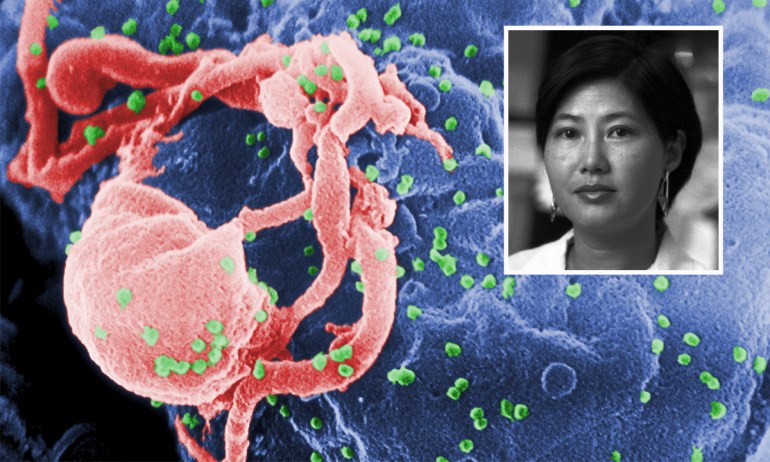
Cloning the HIV virus
Flossie Wong-Staal PhD, Chinese & American virologist and molecular biologist (1946-2020)
When acquired immunodeficiency syndrome (AIDS) became a global epidemic in the early 1980s, scientists didn’t know how it was transmitted. It wasn’t until Flossie Wong-Staal PhD first cloned the human immunodeficiency virus (HIV) in 1985 that researchers were able to identify HIV as the cause of AIDS. Her work allowed others to determine the function of HIV’s genes and understand how it evades the immune system’s natural defensive response. Dr. Wong-Staal had been studying retroviruses as part of her work at the National Institutes of Health (NIH), and her discovery led the organization to later develop antibody tests. Her contributions in the field of HIV/AIDS also helped to determine that using a “drug cocktail,” or several drugs at the same time, is a key to managing HIV.
Dr. Wong-Staal was the most cited female scientist of the 1980s with almost 7,800 citations. Her research in HIV/AIDS was highly significant in the field of virology and immunology, which helped lay the groundwork for understanding infectious diseases such as COVID-19 today.
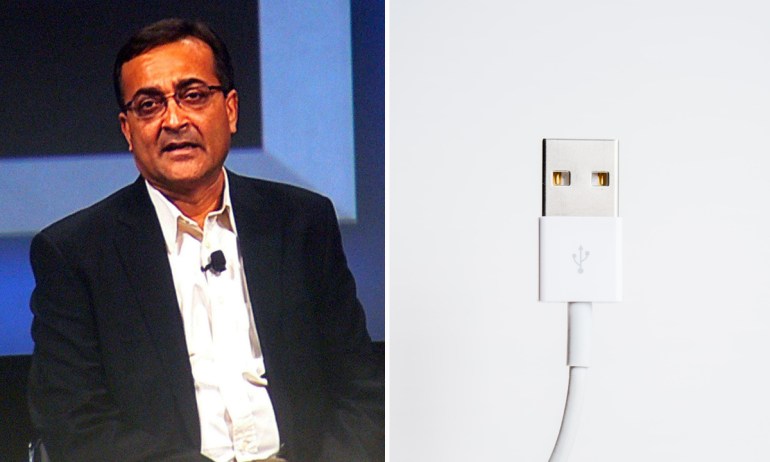
USB technology
Ajay Bhatt, Indian & American computer architect (1957- )
In the early 1990s, connecting a device like a keyboard, mouse, or printer to a computer required a time consuming and laborious installation process. Computer architect Ajay Bhatt saw the need to simplify this approach. He began visualizing a technology that would allow devices to connect to computers more easily, similar to the way plugs fit in electrical wall outlets. Companies like Microsoft and Apple were hesitant to break the existing compatibility functions of computers, but Intel — the company Bhatt was working for at the time — backed his idea and helped him develop it. This invention would later change the entire computer industry.
In 1994, Bhatt and his team created Universal Series Bus (USB) technology, allowing users to connect different components to computers without extra hassle. The USB hub serves as a “translator” for various devices, making it easier for computers to understand different commands. Intel made the technology open and royalty-free, and Bhatt believed they had every right to do so — even though it meant that he didn’t get rich off of his invention. “I don’t do these things for money,” he said.
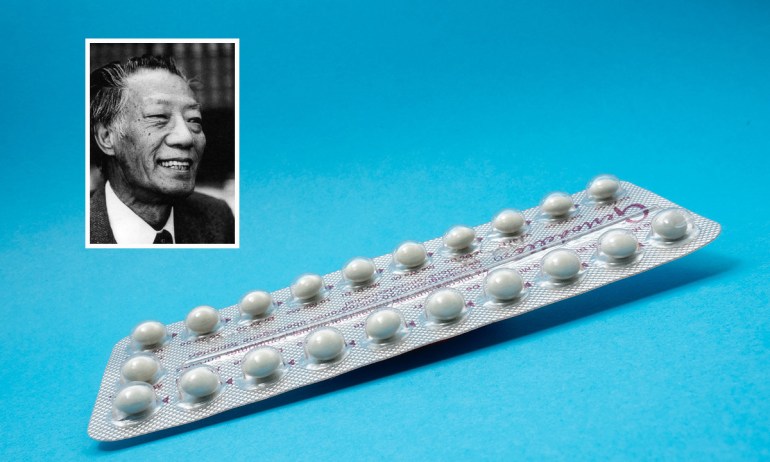
The combined oral contraceptive pill
Min Chueh Chang PhD, Chinese & American reproductive biologist (1908-1991)
The invention of the oral contraceptive pill in the 1950s — one of the most widely used birth control methods today — transformed reproductive freedom and autonomy worldwide. Reproductive biologist Min Chueh Chang PhD teamed up with John Rock MD, founder of the Rock Reproductive Clinic, and Gregory G. Pincus PhD, cofounder of the Worcester Foundation for Experimental Biology, in the late 1940s to study how the hormone progesterone can become a birth control agent. By 1960, the Food and Drug Administration (FDA) had officially approved their creation of the first oral contraceptive pill, Enovid.
Dr. Chang’s later involvement in fertility and reproductive health was varied, influential and — at times — controversial. In 1972, the premier of the People’s Republic of China sought his advice as a fertility expert on how to reduce the country’s population, and he responded with the idea of a one-child policy in front of the Beijing University faculty. His research into the artificial insemination of farm animals has also contributed to the development of human in vitro fertilization technology, which has since made parenthood possible for people around the world.
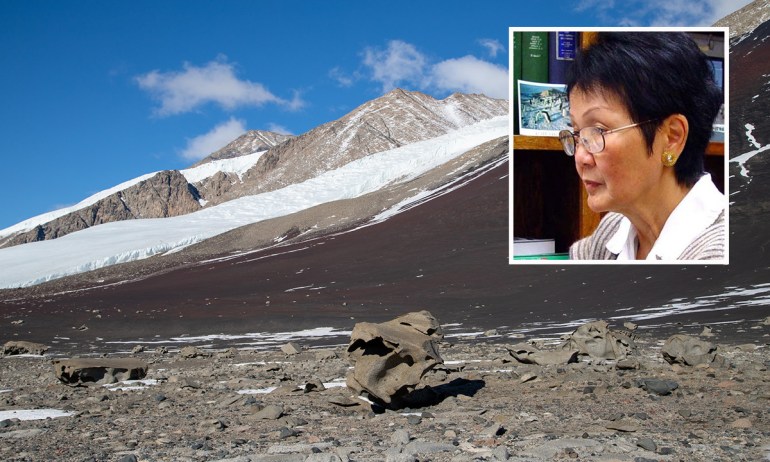
Microbes that can live inside rocks in extreme environments
Roseli Ocampo-Friedmann PhD, Filipino & American scientist (1937-2005)
Microbiologist Roseli-Ocampo Friedmann PhD is best known for her research on extremophiles, organisms that survive and inhabit extreme conditions. Around the mid-1970s, she and her biologist husband E. Imre Friedmann PhD discovered living microorganisms called cryptoendoliths inside rocks from the seemingly lifeless and almost entirely ice-free McMurdo Dry Valleys in Antarctica. These microorganisms survive winters in this Antarctic desert and are then capable of thawing, rehydrating, and photosynthesizing in the summer. The Friedmanns’ discovery has been cited by the National Aeronautics and Space Administration (NASA) when discussing how to find potential life on Mars, theorizing that microorganisms similar to cryptoendoliths may have existed on the red planet long ago.
The National Science Foundation awarded Dr. Friedmann the US Congressional Antarctic Service Medal in 1981 for her notable work. By the late 1990s, she had gathered almost 1,000 different cultures of extremophiles all over the world. Later in her life, she worked as the principal investigator at The SETI (Search for Extraterrestrial Intelligence) Institute. A few months before she passed away in 2005, the mountain peak in Antarctica where she codiscovered endolithic microorganisms was named after her.

YouTube
Steven Shih Chen, Taiwanese & American entrepreneur (1978- )
In February 2005, three former employees of Paypal — including Steven Shih Chen — bought the YouTube.com domain, which eventually became the multi-billion-dollar video-sharing platform we all know and use today. The creators saw that there was huge potential in making a website where any user could easily upload, publish and watch videos. Chen served as YouTube’s first chief technology officer, ensuring that users did not run into issues when uploading and streaming videos.
By July 2006, at just over a year old, YouTube already had more than 65,000 new uploads daily. Its immense and rapid growth never seemed to slow down, which was simultaneously a success and a dilemma. To accommodate the ever-increasing number of users, the company needed new equipment and better broadband. Plus, many individuals frequently uploaded copyrighted material so they faced lawsuits and thousands of demands to remove videos. All these growing costs meant that they needed to find a buyer.
In November 2006, Google bought YouTube for $1.65 billion in stock. Chen stayed at YouTube until 2009 and then left Google completely in 2011. He is now one of the investors of Origin Protocol, a blockchain platform, and a board member of XA Network, an investment network in Southeast Asia.
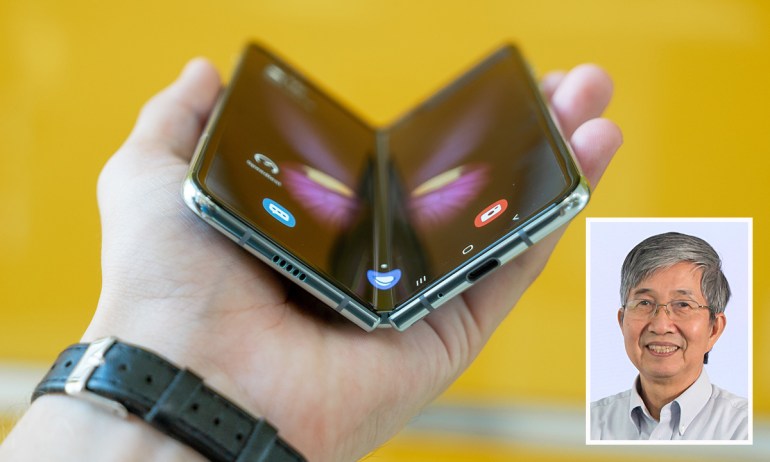
OLED screen technology
Ching Wan Tang PhD, Hong Kong & American physical chemist (1947- )
Although liquid crystal display (LCD) has long been used in televisions and computer monitors, a thinner, lighter and overall superior display technology is steadily dethroning it. Physical chemist Ching Wan Tang PhD and chemist Steven Van Slyke were working at the Eastman Kodak Company together when they invented the organic light-emitting diode (OLED) in 1987. It produces a more vibrant display than LCD because it generates all colors, provides higher contrast and does not require a backlight. Major companies like Apple, Samsung, Sony and LG now use this technology to make smartphones, TVs, tablets and smartwatches even smaller, thinner and lighter, with the global demand for smartphones driving the demand for OLEDs. By 2022, they are expected to be produced at a rate 25 times greater than the previous decade.
Dr. Tang is named on 84 patents and was inducted into the National Inventors Hall of Fame in 2018 for his co-invention of the OLED. Since 2013, he has been teaching at the Hong Kong University of Science and Technology as the IAS Bank of East Asia Professor.
Watch this TED-Ed Lesson about Polynesian wayfinders:












